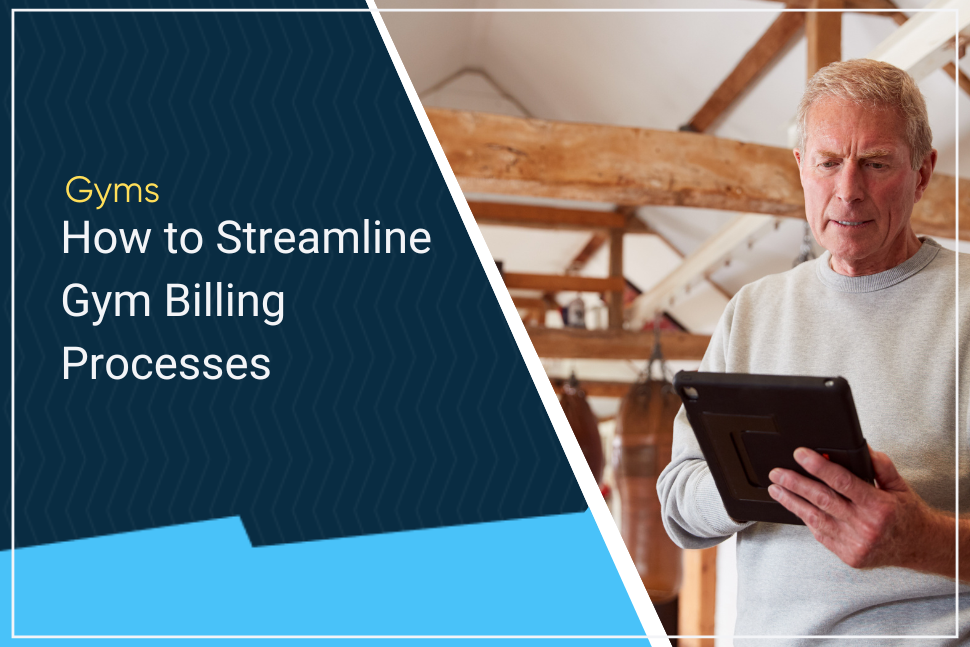Our hero today is Mike Arce, Founder & CEO of LoudRumor, an agency that helps gyms grow exponentially. In this episode, Mike reveals some of the wisdom he’s acquired from helping hundreds and hundreds of gyms over the last several years.
Mike covers the pillars of gym growth, expert selling and preselling techniques, managing customer acquisition cost, using AI for marketing, and even effective old-school, offline marketing strategies. If you’re serious about growing your business, you have to listen to this episode.
Amplify Your Presence at Events
Draw attention to your booth: Successfully participating in events requires making your presence known. Capturing attention with interactive activities such as contests or physical challenges can draw crowds and create buzz around your booth. For example, hosting a “longest hang from a bar” competition not only attracts participants but also gathers spectators, boosting awareness of your brand.
Harness the power of philanthropy: Integrating philanthropic activities can also drive attendance to your booth and potentially increase customer engagement. Organizing events that also serve a charitable purpose demonstrates your business’s values and can create a favorable impression, encouraging more visits and interaction from potential members.
Crafting a Strong Sales Message
Effective communication: In sales, phrasing can significantly affect outcomes. Avoiding weak words like “try” and using more definitive language can create a perception of confidence and decisiveness. This strategy can lead to a stronger impact on potential customers, diminishing doubts and fostering a sense of reliability and trustworthiness in your gym.
Overcome objections strategically: Identifying genuine concerns and tying responses back to the customer’s goals can effectively address and overcome sales objections. This approach demonstrates understanding and alignment with the client’s needs, facilitating a smoother sales process.
Implement preselling techniques: Preselling is crucial for preparing prospective members to make a decision. By addressing potential objections early and throughout the engagement process, you position your gym as the solution to their needs, thereby easing the final decision-making process.
Optimizing Marketing through AI
Enhance efficiency and cost-effectiveness: Leveraging artificial intelligence (AI) in your marketing strategies can greatly enhance efficiency and reduce costs. AI can manage routine tasks such as creating ads, drafting promotional content, and analyzing data to improve decision-making processes.
Utilize AI for targeted campaigns: AI technology can assist in crafting highly targeted marketing campaigns based on data-driven insights. This ability allows for the personalization of promotions and offers, tailored specifically to the interests and behaviors of potential members, increasing the likelihood of engagement and conversion.
Leveraging Referrals and Community Engagement
Boost engagement through referrals: Encouraging current members to refer friends can significantly reduce customer acquisition costs and increase member lifetime value. Referrals bring a higher level of trust and a greater likelihood of long-term engagement, as new members often onboard with a familiar face accompanying them.
Building community connections: Creating strong ties within your community through events, partnerships, and advocacy can greatly enhance your gym’s reputation and member loyalty. Community engagement initiatives like wellness workshops or health education seminars can position your gym as a local health leader, fostering deeper relationships and driving memberships.
Financial Metrics for Success
Understanding LTV vs. CAC: The relationship between a member’s Lifetime Value (LTV) and the Cost of Customer Acquisition (CAC) is fundamental in assessing the financial health of your gym. Ensuring the LTV exceeds CAC validates your marketing spend and indicates a sustainable model for long-term revenue growth.
Calculating ROI on initiatives: Regularly measure the return on investment from various sales and marketing strategies. This assessment helps refine tactics and allocate resources to the most effective activities, ensuring optimal financial outcomes.
Conclusion
In a market as competitive as the fitness industry, having the right sales and marketing strategies is essential for growth and profitability. By engaging potential and current members through interactive activities at events, employing strategic communication in sales, leveraging the power of AI, fostering a community with robust referral programs, and maintaining a firm grasp on key financial metrics, your gym can achieve significant success.
For more insights into boosting your gym’s growth, visit Loud Rumor’s website or check out their podcast for expert advice and strategies to elevate your gym business.
We hope this blog post, based on principles shared by marketing experts and tailored specifically for gym businesses, serves as a valuable guide in achieving your business goals. Following these strategies will help maximize your gym’s potential, leaving you well-equipped to navigate the challenges and opportunities of the fitness industry.
 Gym Owner Statistics: The State of Gyms, Member Trends, and Usage Data
Gym Owner Statistics: The State of Gyms, Member Trends, and Usage Data



